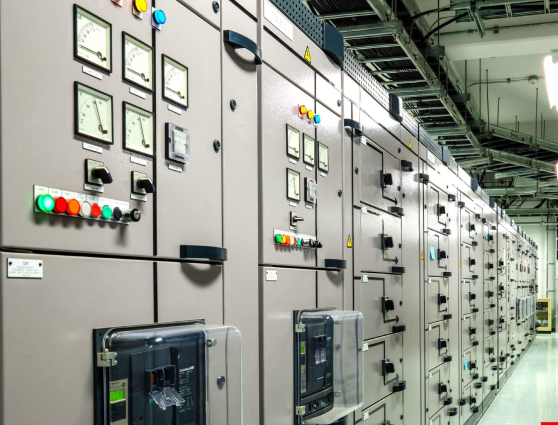Sub-Station

A substation is a vital component of an electrical power system. It’s an intermediary point between high-voltage transmission lines and lower-voltage distribution lines. Essentially, its purpose is to transform voltage levels, regulate power flow, and facilitate the distribution of electricity to consumers. Substations play a crucial role in maintaining grid stability and reliability.
Here are some key aspects of substations:
1. **Voltage Transformation**: Substations can step up or step down voltage levels using transformers. This is necessary because electricity is typically transmitted at high voltages to reduce energy loss over long distances. Before reaching homes and businesses, voltage must be reduced to safer levels.
2. **Switching and Protection**: Substations contain switches and circuit breakers that control the flow of electricity and protect the system from faults such as short circuits or overloads. These devices isolate faulty sections of the network to prevent widespread outages.
3. **Control and Monitoring**: Modern substations are equipped with sophisticated control and monitoring systems. These systems allow operators to remotely monitor equipment status, control operations, and respond quickly to emergencies.
4. **Types of Substations**: Substations come in various sizes and configurations depending on their location and purpose. Major types include distribution substations, which serve local areas, and transmission substations, which connect different parts of the grid.
5. **Grid Integration**: With the rise of renewable energy sources like wind and solar, substations are increasingly important for integrating these intermittent power sources into the grid. Substations facilitate the smooth integration of renewable energy by managing fluctuations in supply and demand.
Overall, substations are essential infrastructure components that ensure the reliable and efficient distribution of electricity to consumers.

